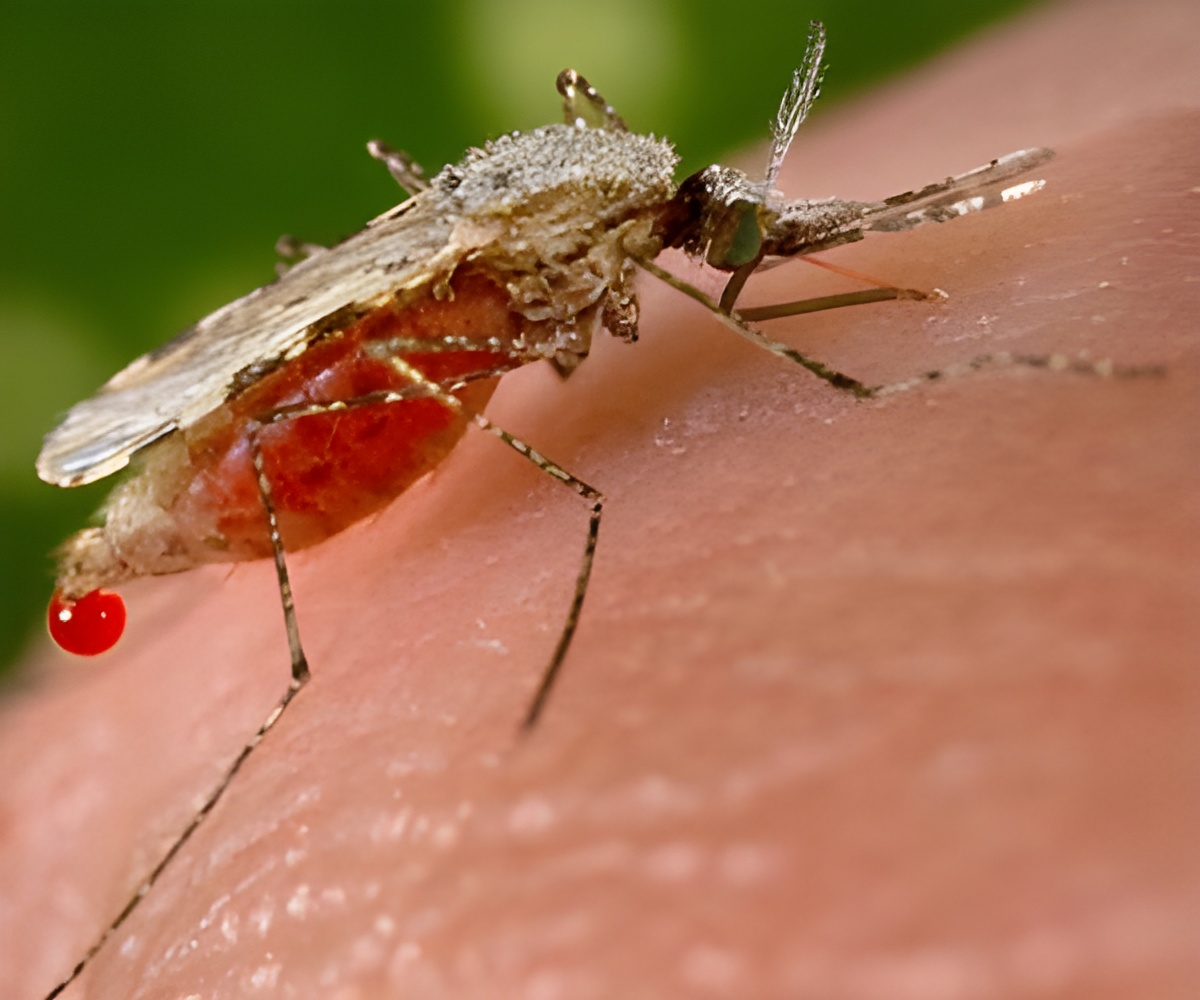Of 219 million global malarial cases in 2017, around 10 million were from India. This constitutes around 4 percent of the total number of cases.

‘Improving water infrastructure and storage facilities and maintaining cleanly environment could reduce the breeding of mosquitoes and help eradicate malaria by 2030 from India.’
Read More..




Experts used new techniques to estimate how prevalent and intense malaria could be in 2030 and 2050. They also paid attention on how socioeconomic and environmental changes, along with enhanced coverage of existing malarial interventions, will "lead to low levels of malaria that persist in pockets across roughly ten countries in equatorial Africa in 2050." Read More..
The report also mentions India, eastern Indonesia, and Papua New Guinea are the countries which struggle to eradicate malaria by 2030 based on current evidences.
71 percent of the cases are from Chennai which has a population of just seven million people. The reason for such a large incidence of malaria is the Indian environment, which is ideal for the breeding of mosquito Anopheles stephensi.
Giving attention to the factors of improvement, the report stressed on the need for proper strategies and interventions beyond those typically deployed in rural settings. It also focused on improving municipal water supply infrastructure and decreasing the need for rooftop water storage.
Source-Medindia









